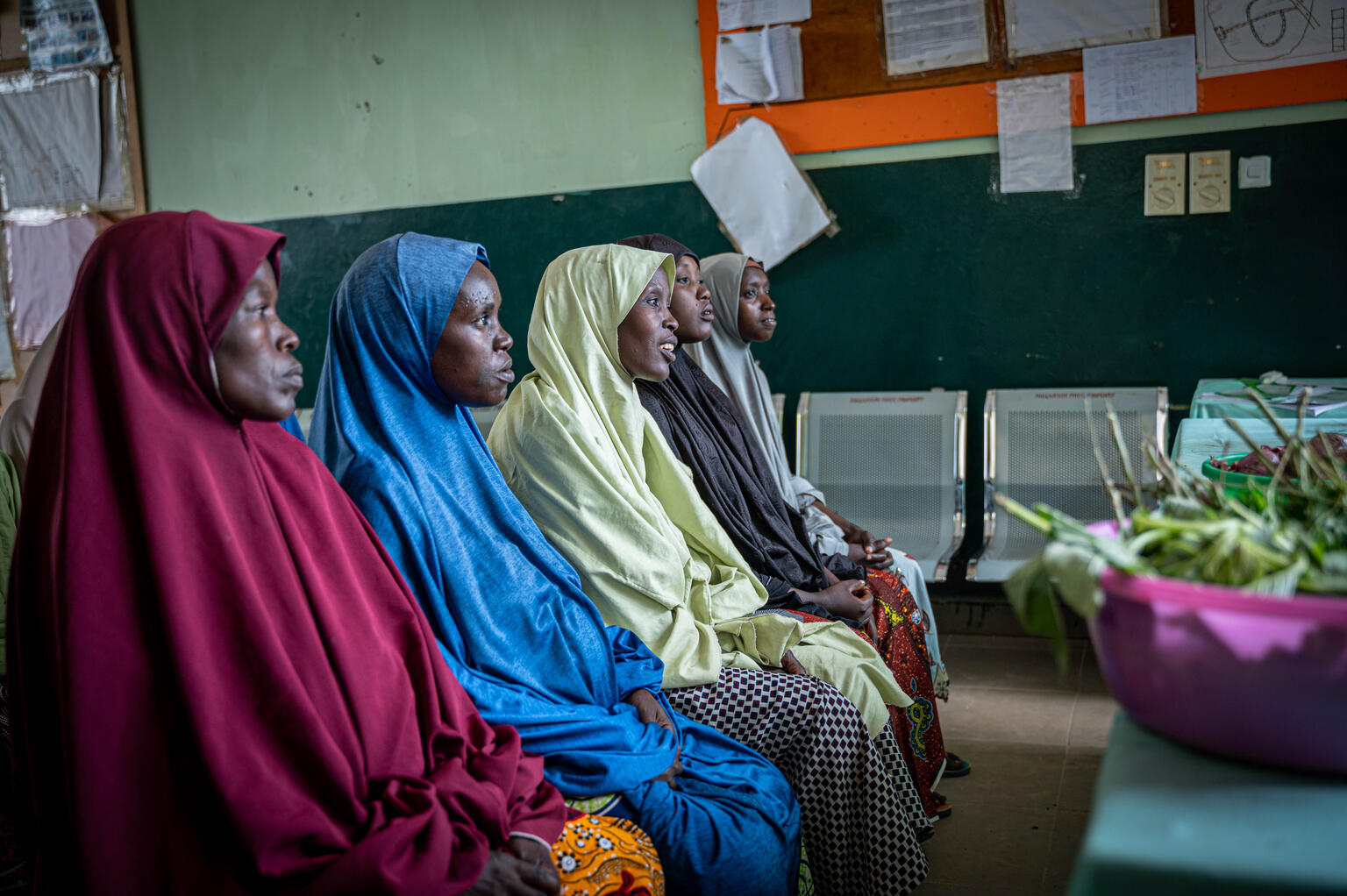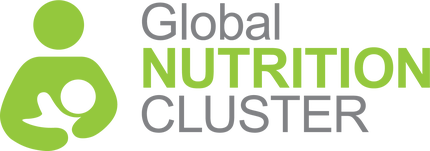Request support on coordination, information management, integration for nutrition outcomes or technical nutrition in emergencies assistance.
التماس الدعم لتنسيق التغذية وإدارة المعلومات والتغذية في حالات الطوارئ
Demander un appui pour la coordination de la nutrition, la gestion de l'information et la nutrition dans les situations d'urgence
Buscar apoyo para la coordinación de la nutrición, la gestión de la información y la nutrición en situaciones de emergencia
Solicite apoio para coordenação em nutrição, gestão de informação e nutrição em emergências
In 2022, Nigeria’s population faced multiple, simultaneous challenges including an ongoing protracted conflict, devastating floods, and the continued economic impacts of the COVID-19 pandemic. Sadly, the conflict in Nigeria’s north-eastern states of Borno, Adamawa, and Yobe (known as the BAY states) continues with no end in sight, thirteen years after it initially began. Boko Haram and Islamic State’s Western Africa Province militants continue to indiscriminately attack people living in the BAY states, resulting in an immeasurable loss of human life, widespread displacement, and loss of livelihoods. In addition, an unusually severe rainy season, combined with the overflowing of a dam in neighboring Cameroon, led to flooding in many states across the country. The crisis has devastated infrastructure and livelihoods, leaving many dependent on humanitarian assistance and in urgent need of access to basic services.
Consequently, the Nigeria Humanitarian Needs Overview (HNO), published in February 2023, estimated that 8.3 million people were in need of humanitarian assistance, among which two-thirds were children. The 2023 HNO projected that 2 million children under five were likely to become severely wasted in northeast Nigeria, a 16 per cent predicted increase in cases of child wasting compared to the previous year.

In response, several implementing partners have initiated CVA programs with the use of CVA for food security – among other purposes, including nutrition outcomes – in northeast Nigeria in recent years. However, each nutrition partner implementing CVA programs for nutrition outcomes in the area had different conditionalities, targeting criteria, transfer values, intervention durations, and transfer frequencies. The rationale behind the use of the different programs was arbitrary and meant that the beneficiaries were not always receiving a service that was tailored to their needs. The need to ensure well thought-through and harmonized CVA approaches by all nutrition partners quickly became a sector priority.
To support the process of harmonizing CVA approaches, the Nigerian nutrition sector approached the CVA and Nutrition GTWG, a global group of experts in the field of CVA for nutrition outcomes. Following a series of virtual consultations with the CVA and Nutrition GTWG, the nutrition sector decided to organize a three-day technical consultation workshop on the use of CVA for nutrition outcomes in the country in order to harmonize the different approaches and develop a draft of operational guidelines for the implementing community to use. The workshop’s objective was to discuss the key parameters of CVA for nutrition outcomes and possible approaches to be used in the country. It was expected that the meeting would result in the development of country-level operational guidance on CVA implementation for nutrition outcomes.
The purpose of this learning piece is to document the process of harmonizing and codifying in operational guidelines CVA approaches among nutrition partners in Nigeria to improve maternal, infant, and young child nutrition (MIYCN) outcomes to help guide similar processes in other contexts and countries.
